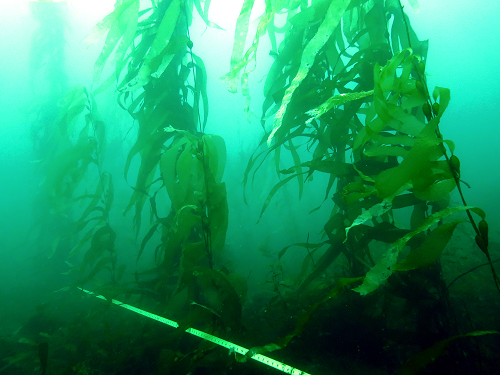
As the end of 2021 zooms (sometimes literally) to a close, we'd like to recognise all the amazing people who come together, in so many different roles, to make our Institute great. We see you, we thank you, and we wish you and all our readers a safe, relaxing and well-earned break.
Meanwhile, in case you missed it, here's what we’ve been up to in November – and the achievements we’re celebrating. Looking forward to more science adventures in 2022!
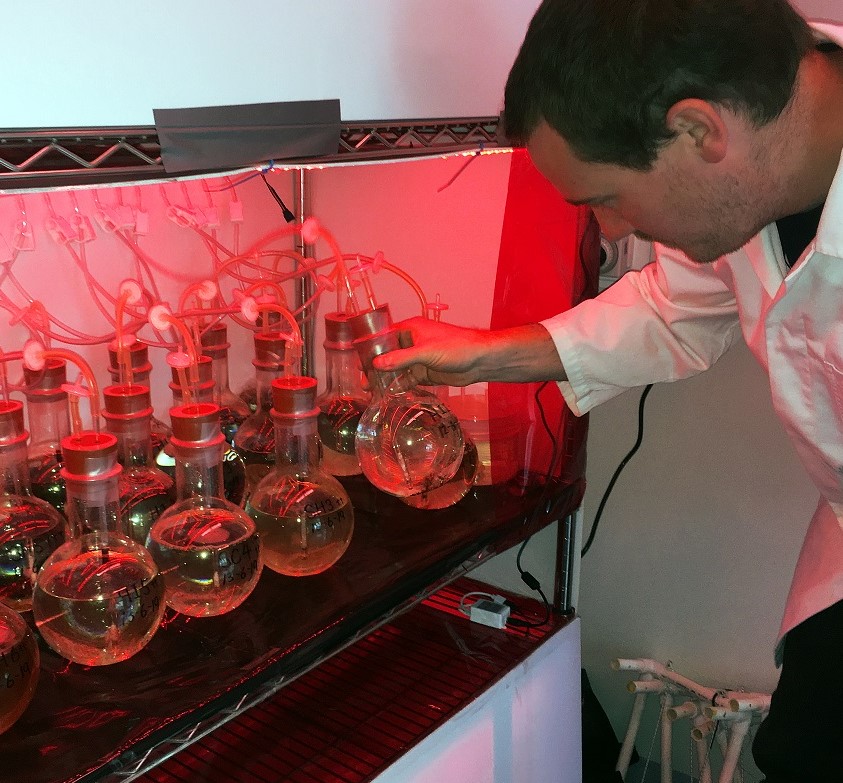 Whether it's doing great science, being an exceptional science communicator or taking steps to make a smart idea a reality, our IMAS researchers and students are making a positive impact on science and society - and their efforts are getting noticed.
Whether it's doing great science, being an exceptional science communicator or taking steps to make a smart idea a reality, our IMAS researchers and students are making a positive impact on science and society - and their efforts are getting noticed.
Dr Cayne Layton was named Young Researcher of the Year in the 2021 Tasmanian STEM Excellence Awards. He was recognised for his research into kelp ecology and marine habitat restoration - and for his exceptional ability to clearly and simply communicate his research to non-scientific audiences.
Cayne is pictured here in the lab at IMAS Waterfront tending to the giant kelp seed bank. Above right, a healthy patch of kelp at Trumpeter Bay, planted just 12 months ago. Some kelp are already over 10 metres high!
Dr Kirsty Nash was named one of this year’s recipients of the prestigious L'Oréal-UNESCO Australia and New Zealand For Women in Science Fellowship. The Fellowships are awarded each year to five eminent women scientists with exceptional careers, to recognise, encourage and support the advancement of women's science and scientists.
The $25,000 Fellowship will contribute to Dr Nash’s research exploring the link between climate change, public health and coral reef fisheries. To understand the nutrient profiles of fish, she must unravel how environmental change will affect the availability and transport of nutrients through food webs.Read more
Blue Symbiosis, a team of IMAS and AMC students, was one of 23 international winners of the XPRIZE Carbon Removal Student Competition, sponsored by the Elon Musk’s Foundation. The team, lead by Joshua Castles, aims to repurpose offshore oil and gas platforms to grow seaweed to extract carbon from our oceans. Read more
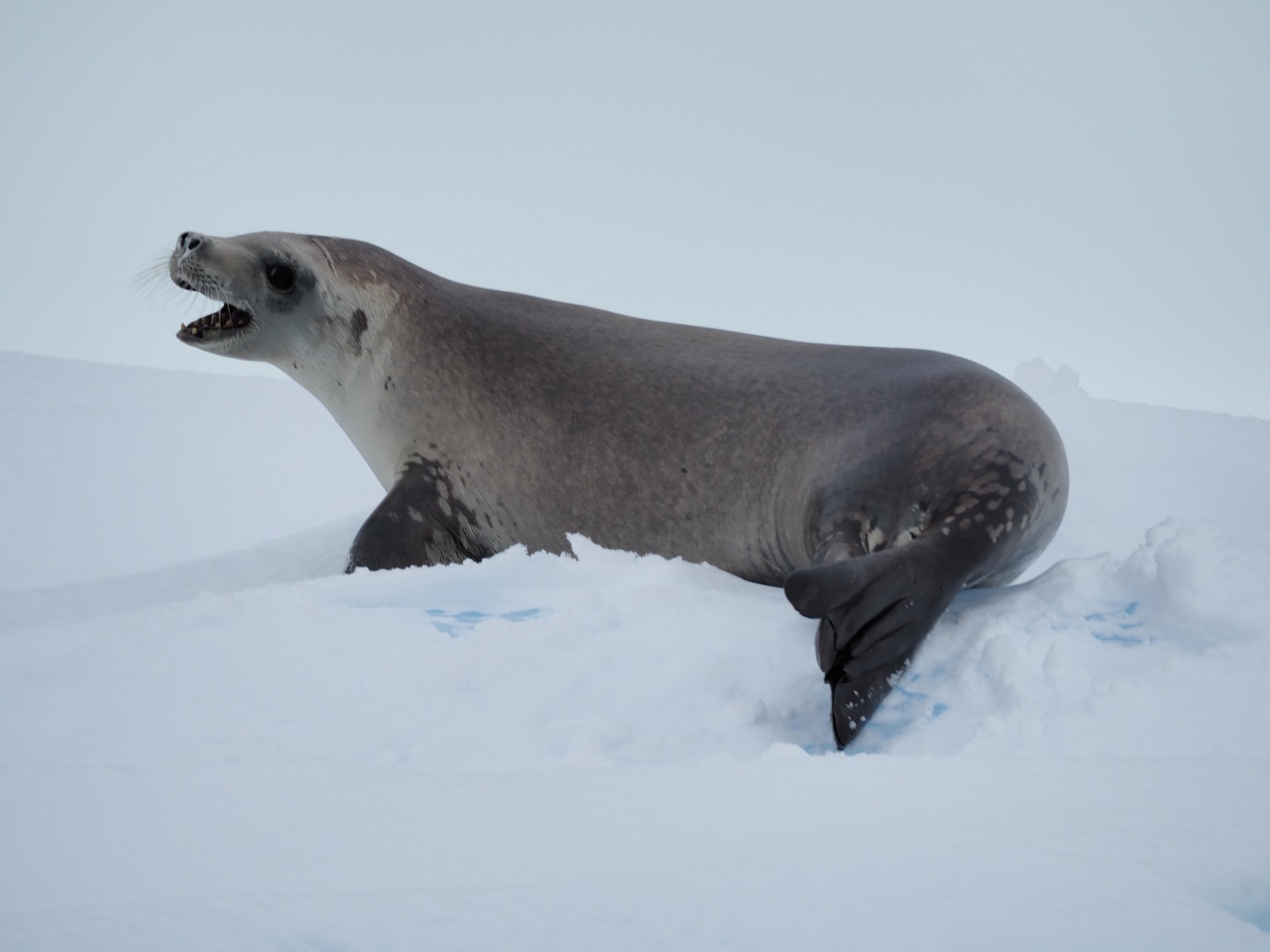 The call repertoire of the circumpolar, ice-dependent Crabeater seal has been captured for the first time during their breeding season in East Antarctica.
The call repertoire of the circumpolar, ice-dependent Crabeater seal has been captured for the first time during their breeding season in East Antarctica.
Lead author and IMAS Marine Predator Lab researcher, Harsha Nagaraj, said automated detectors could now be developed for the seal – which would give valuable insights into the breeding behaviour of this ecosystem-indicator species.
Two main call types were identified in the study – high and low moan calls. These were mostly detected during the seal’s breeding season in the Southern Hemisphere spring, with the low calls usually heard between dusk and dawn.
The study was a collaboration between IMAS and the Australian Antarctic Division, and was published in the journal of the Acoustical Society of America.
Image: Marine animals mainly rely on sound to communicate as it transmits so efficiently under water. Because they use sound for many different behaviours, like breeding and foraging, acoustics studies are a great tool for studying their behaviour and distribution (Photo: Mary-Anne Lea)
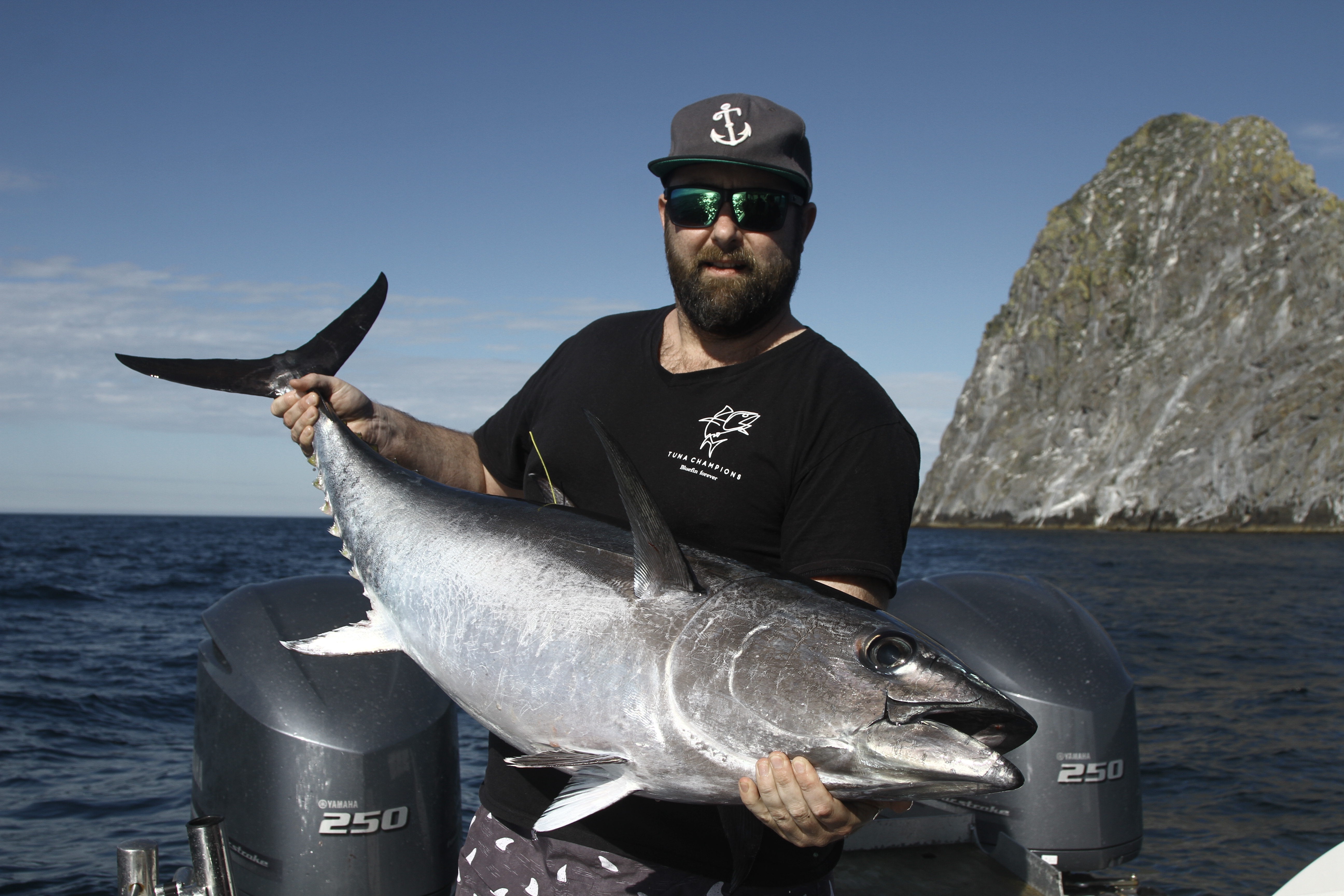 BEYOND BLUEFIN: SUCCESSFUL TUNA CHAMPIONS PROGRAM EXPANDS ACROSS AUSTRALIA
BEYOND BLUEFIN: SUCCESSFUL TUNA CHAMPIONS PROGRAM EXPANDS ACROSS AUSTRALIAThe highly successful Tuna Champions program has been extended for three years. This IMAS-led education and communication initiative has focused on the athletic Southern Bluefin Tuna (SBT), but will now expand across other tuna species and explore new research and citizen science opportunities.
IMAS Wild Fisheries Program Leader, Associate Professor Sean Tracey (right) created the program in 2018, to encourage recreational fishers to become stewards of the SBT fishery.
“Tuna Champions was established as an educational platform that promotes science-based fishing and handling practices to reduce unnecessary fish mortality and wastage,” he said. “This includes best practice catch and release and no-waste harvesting.”
The Australian Government has committed $800,000 through the FRDC towards a three-year extension of the successful program, which will boost engagement with fishers, chefs, consumers and communities across the country. Read more
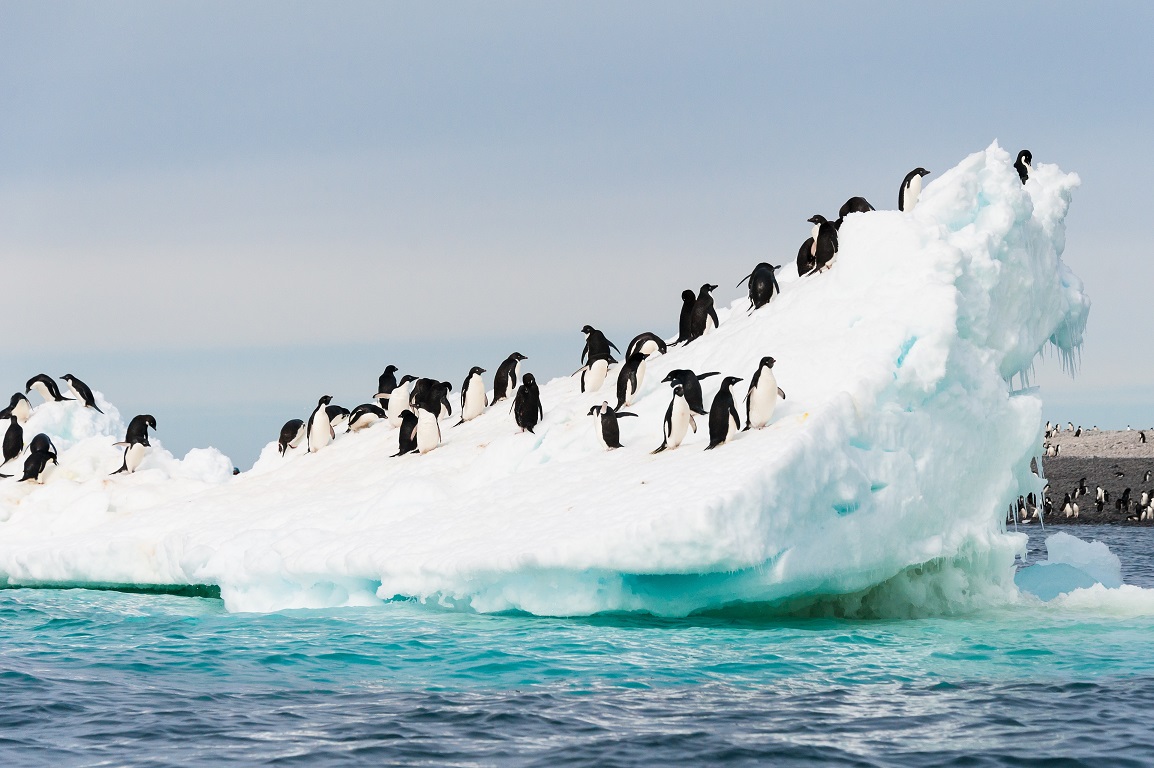 RESEARCHERS CALL FOR ANTARCTIC MARINE ECOSYSTEM PROTECTION AT COP26
RESEARCHERS CALL FOR ANTARCTIC MARINE ECOSYSTEM PROTECTION AT COP26How will climate change affect Antarctic marine life and what can we do to reduce the severity of those impacts?
Protecting Southern Ocean ecosystems is a global task and it was on the agenda at COP26 in Glasgow in November, with the first Marine Ecosystem Assessment for the Southern Ocean (MEASO) showcased in the COP26 Cryosphere Pavilion.
More than 25 IMAS and University of Tasmania researchers contributed to MEASO, with Tasmanian researcher Dr Andrew Constable from UTAS and the Centre for Marine Socioecology (CMS) leading the MEASO initiative
"Protecting Southern Ocean ecosystems is a global task and this substantial international research effort has now shown that this region can only be safeguarded by a collective global will to conserve the region," Dr Constable said. Read more
Image: Shutterstock
After a pandemic-induced hiatus, our Longspined Sea Urchin Centrostephanus rodgersii exhibition was finally launched in November. The exhibition tells the story of these urchin invaders – the problem, the science, and the solution. Visitors can immerse themselves in the urchin story, understand what’s being done to control this invasive species, see live urchins, and more. Urchins beware… we’re coming for you! Read more and book your visit
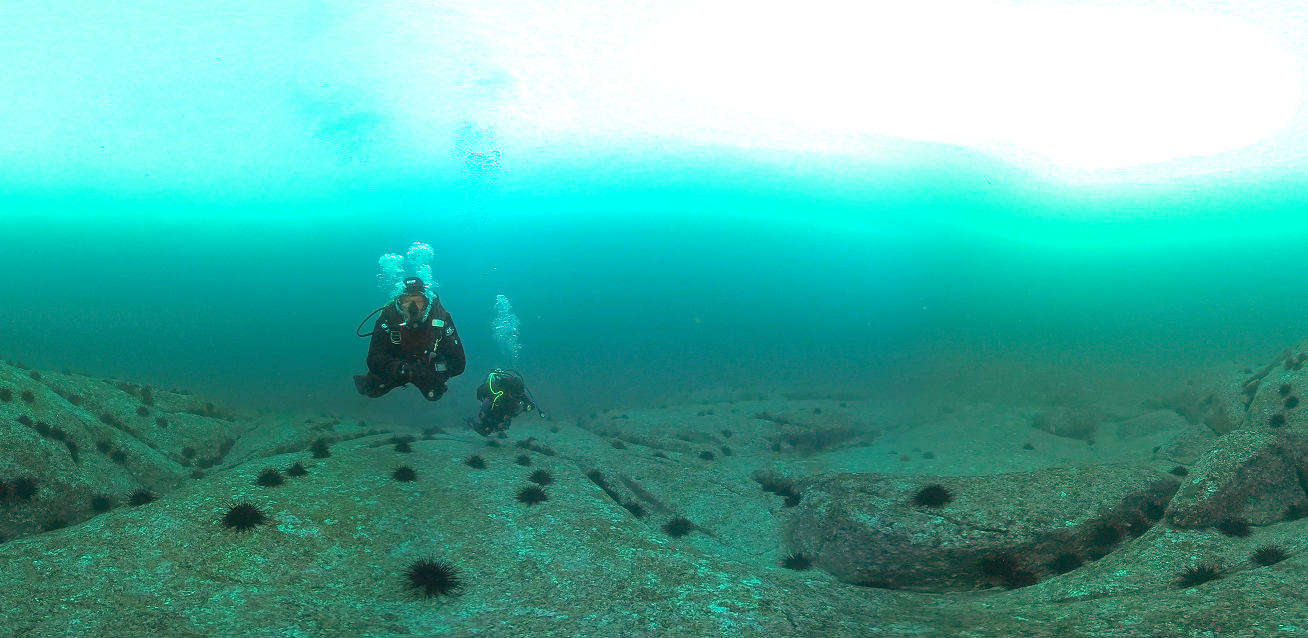
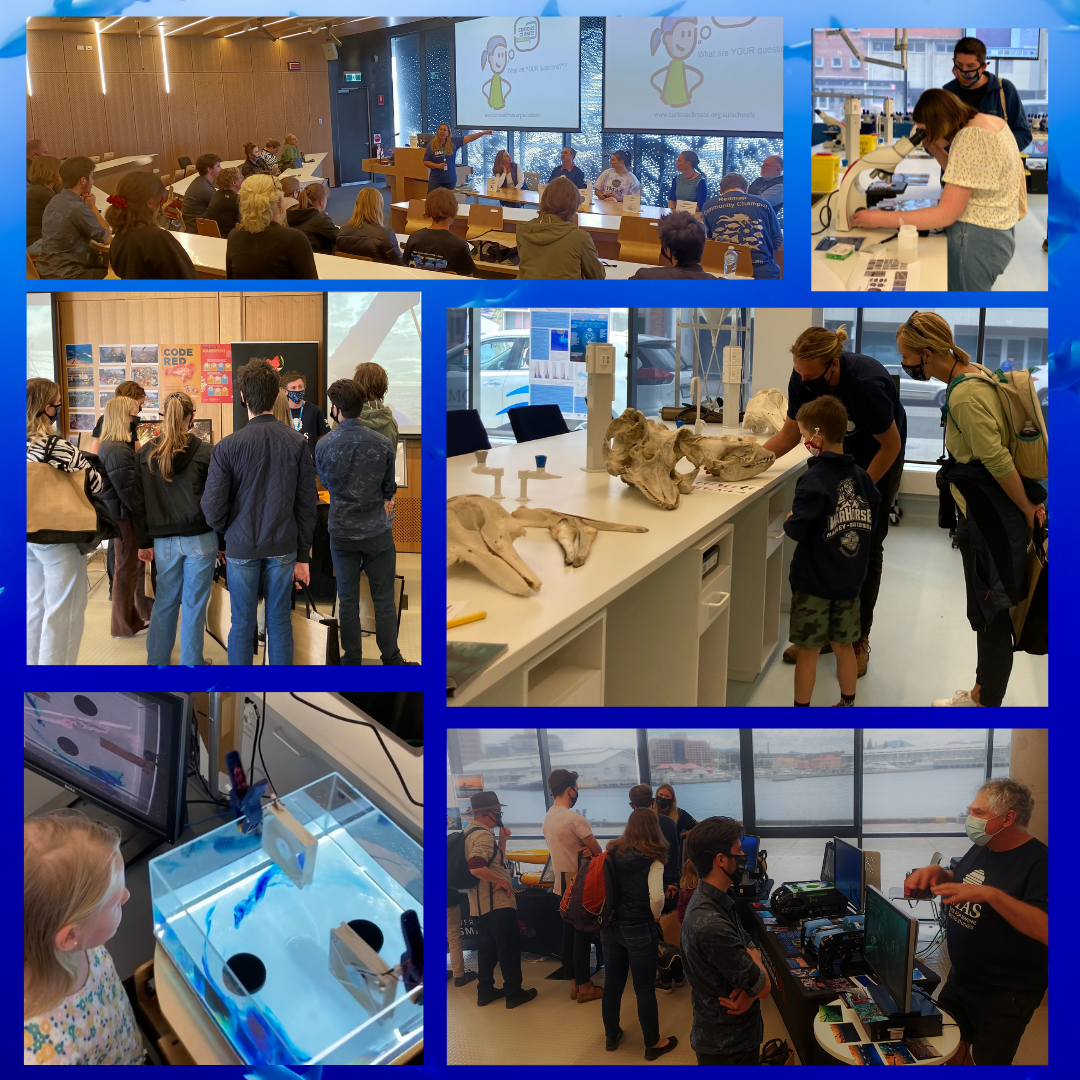
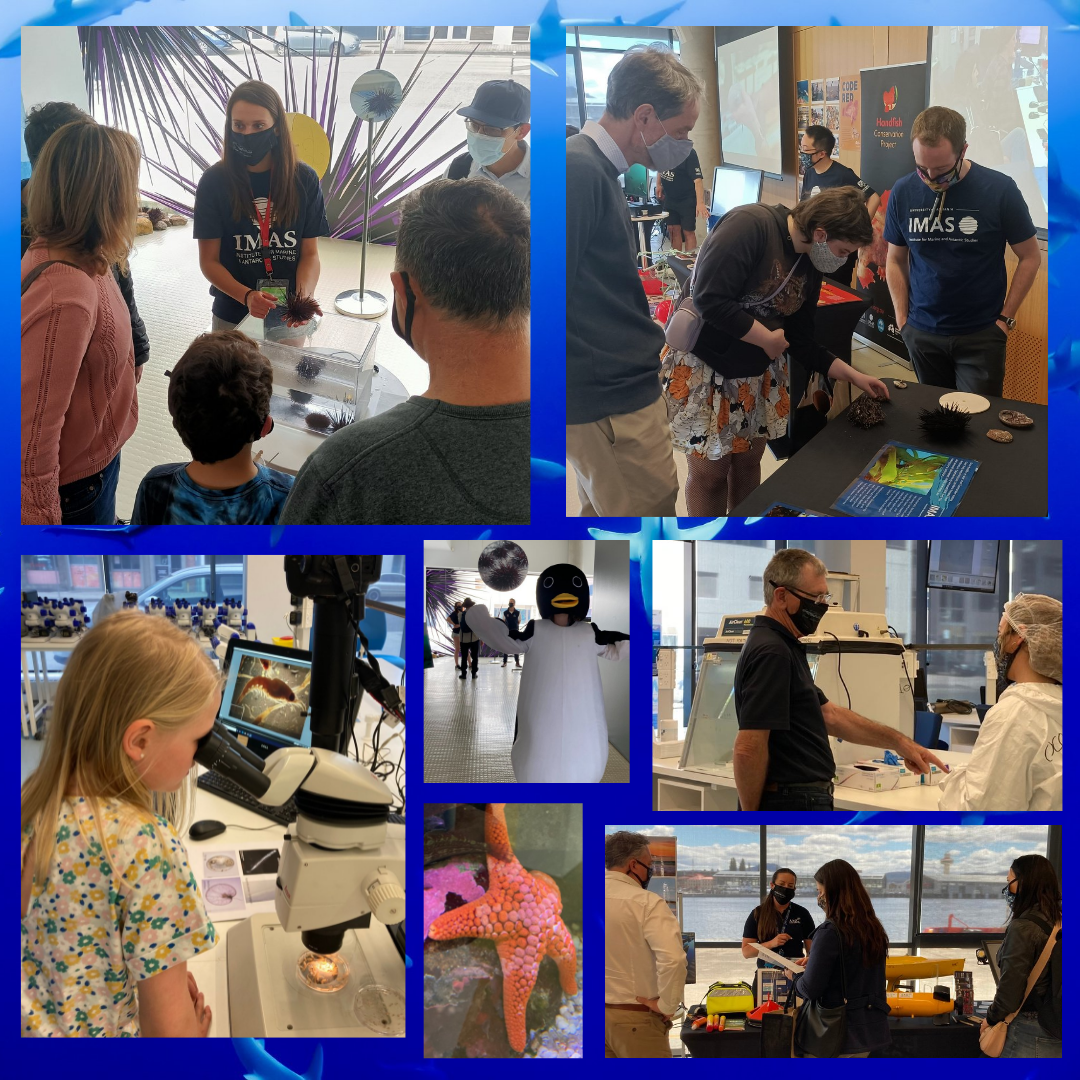
Don’t miss a thing – follow us on Facebook, Twitter and Instagram.
Published 3 December 2021